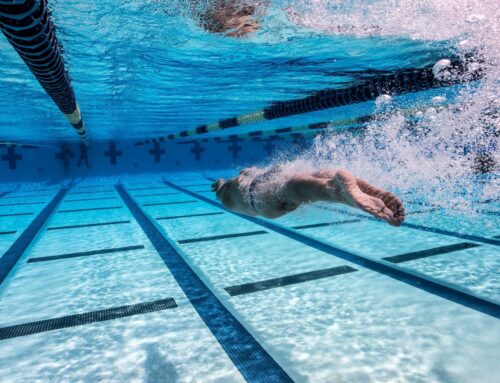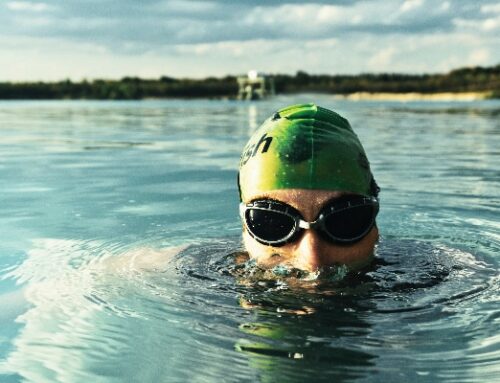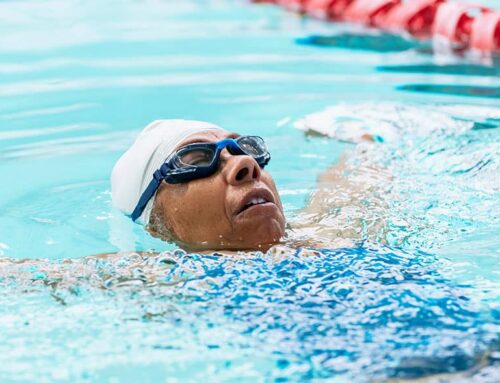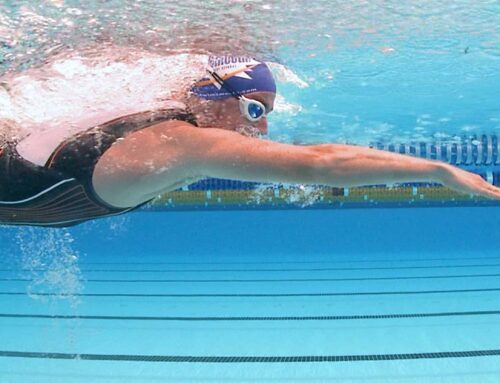Swimming is not just a recreational activity or a competitive sport; it’s a celebration of the human body’s ability to glide effortlessly through water. Whether you’re a casual swimmer or an avid enthusiast, there’s always more to learn about the fascinating world of swimming. In this blog post, let’s take a dive into the deep end and explore 10 intriguing facts that make swimming a truly unique and remarkable activity.
- Humans Are Natural Swimmers: Unlike many land animals, humans are born with an innate ability to swim. Newborns instinctively hold their breath and move their limbs in a swimming-like motion when placed in water, a phenomenon known as the bradycardic response. This ability fades as infants grow older, but it’s a fascinating reminder of our aquatic origins.
- The Longest Swim in History: In 2018, 53-year-old swimmer Sarah Thomas made headlines by becoming the first person to swim across the English Channel four times non-stop. This incredible feat took her 54 hours and 10 minutes, showcasing both physical and mental endurance.
- Swimming as a Therapeutic Exercise: Swimming is often recommended as a therapeutic exercise due to its low-impact nature. The buoyancy of water reduces stress on joints, making it an ideal workout for individuals with arthritis, injuries, or those seeking a gentle yet effective form of exercise.
- Swim Caps Were Originally Made of Rubber: Modern swim caps are typically made of silicone or latex, but in the early 20th century, they were crafted from rubber. These early caps helped streamline swimmers and reduce drag in the water, but they were eventually replaced by more comfortable and durable materials.
- The Pool with No Walls: Imagine swimming without the confines of pool walls. The world’s largest swimming pool, the San Alfonso del Mar in Chile, stretches over 1,000 yards in length and holds a staggering 66 million gallons of seawater. It’s so vast that you can even sail small boats in it!
- The Butterfly Stroke Wasn’t Always Legal: The butterfly stroke, known for its distinctive undulating motion, wasn’t officially recognized until 1952. Before that, swimmers used a similar stroke called the “butterfly-breaststroke,” but its legality was contested until it was eventually established as a separate stroke category.
- Swimming and Caloric Burn: Swimming is not only an excellent full-body workout but also an efficient calorie-burning activity. Depending on the stroke and intensity, a person can burn anywhere from 400 to 700 calories per hour while swimming. It’s a fun and effective way to stay fit.
- The Oldest Stroke in History: The breaststroke is considered the oldest known swimming stroke, with depictions dating back to ancient Egyptian times. Its recognizable frog kick and simultaneous arm movement have evolved over centuries into the competitive stroke we see today.
- The Speed of a Dolphin: The common dolphin is one of the fastest marine creatures, reaching speeds of up to 60 km/h (37 mph). While humans can’t match these speeds, elite swimmers like Michael Phelps have come remarkably close, highlighting the incredible athleticism required in competitive swimming.
- Swimming’s Unique Language: Swimming has its own set of terminology that might sound like a foreign language to those unfamiliar with the sport. Terms like “flip turn,” “streamline,” and “butterflier” are just a few examples. Learning this language adds an extra layer of appreciation for the technical aspects of swimming.
As we dive into the depths of these fascinating facts about swimming, it becomes clear that this activity is not just about laps in the pool; it’s a journey through history, science, and human achievement. Whether you’re a seasoned swimmer or just dipping your toes into the water, there’s always something new and intriguing to discover about the world of swimming. So, the next time you take a plunge, remember these facts and let the water unveil its secrets as you glide through its refreshing embrace.







